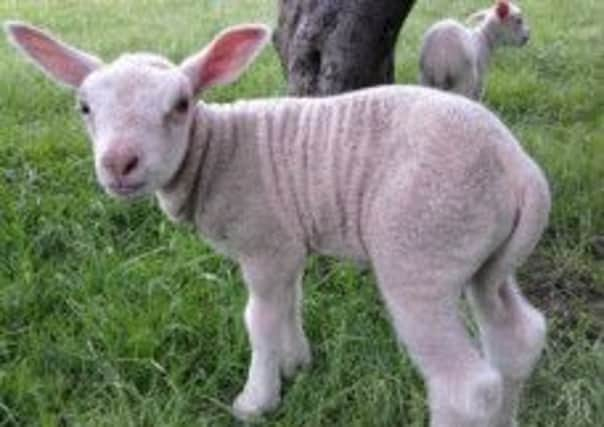Bringing new life into the world


The farmer had rung earlier to request assistance with lambing one of his Texel ewes.
Approaching in the darkness, my headlights were drawing me up the track to the farm where I was greeted by the tired-looking farmer.
‘Busy night?’ I called out, gathering my kit from my car.
Advertisement
Hide AdAdvertisement
Hide Ad‘Yeah six have lambed tonight’ came the reply. ‘I need help with this one, all I can feel is a load of feet’.
Examining her internally I could feel two front and two back feet, indicating tangled-up twins.
Carefully pushing the front legs back, I manipulated the other lamb’s hindlegs into the birth canal and with help of a good contraction from the ewe, quickly delivered the lamb.
Speed is critical when lambs are born backwards, as the first breaths, which start when the umbilical cord breaks, can happen when the head is still in the ewe. Holding the lamb by its hind limbs, I gently swung it ‘to and fro’, draining any inhaled fluid from its airways. Then some vigorous rubbing and a piece of straw up its nostril soon stimulated the lamb to take its first breaths.
Advertisement
Hide AdAdvertisement
Hide AdReturning to the ewe to deliver the other lamb, I realised the head was bent backwards. Gently I managed to pull the head round. Then with a head rope I guided the head into the birth canal allowing me to deliver it. After disinfecting their navels, I returned the lambs to the ewe, who was now full of maternal instinct, licking and nudging the lambs in the vigorous, but gentle, way that only a mother can do.
Sharing a brew with the farmer, we looked on as the lambs, stumbling to their feet, took that all-important first colostrum feed, rich in energy and antibodies.
‘Only another 50 to go.’ the farmer said. ‘Well I may see you again then,’ I replied, which evoked the typical farmer response, ‘Hopefully, not too soon,’ he joked as I got back in my car.